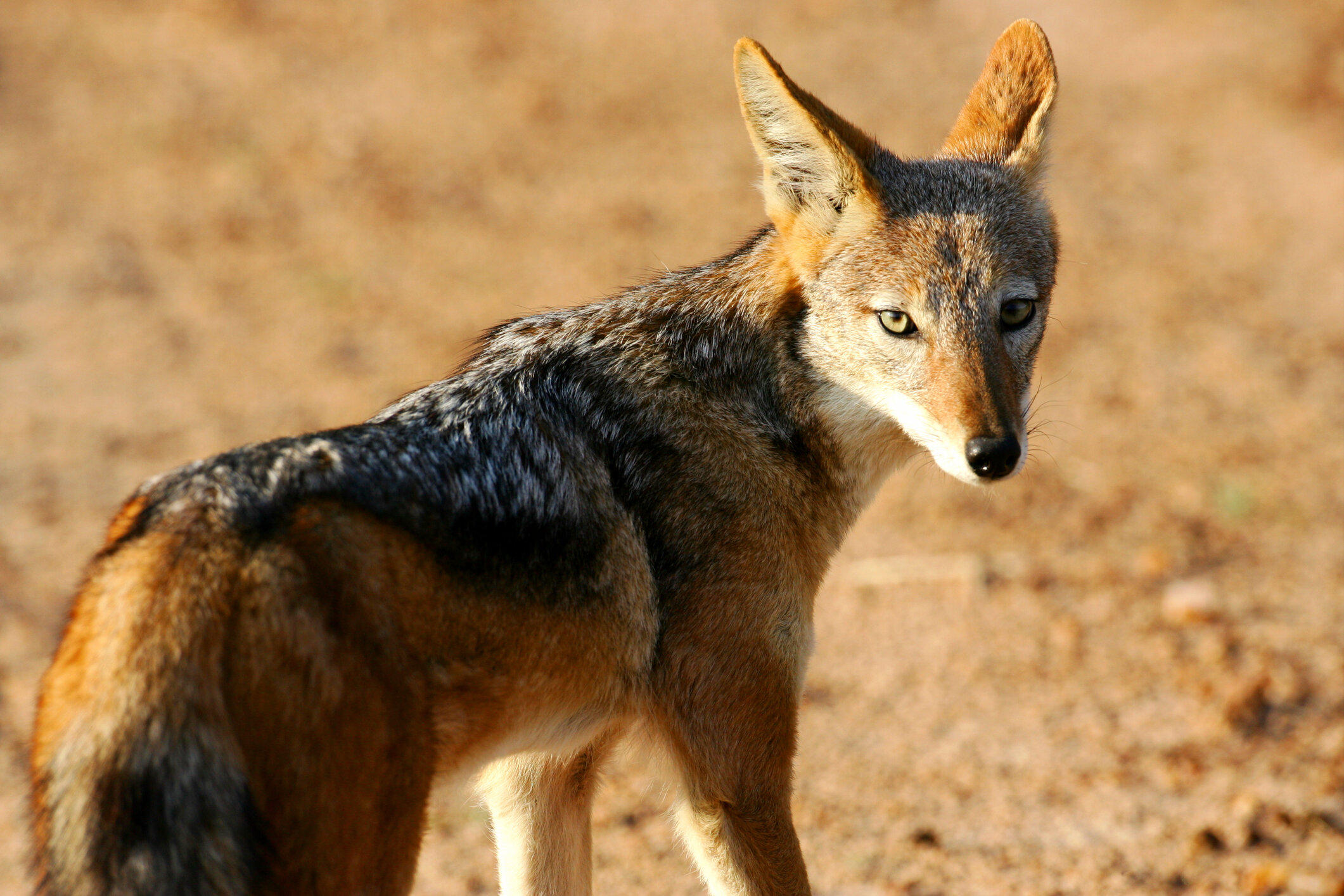ENVIRONMENT of libya.

FLORA OF the COASTAL REGIONS
The climate of the Mediterranean coastal regions of Tripolitania and Cyrenaica make it an area of cultivation for olive and citrus trees, along with Laurel and Cork Oak1. These trees are able to withstand the summer drought periods by being extremely deep rooted and therefore able to access the underlying water ecosystem. This also applies to the numerous herbs which grow in these regions, such as Rosemary and Thyme. Other plants native to this area include Asphodel, Jabule, Bougainvillea and Oleander2.

Olive Trees
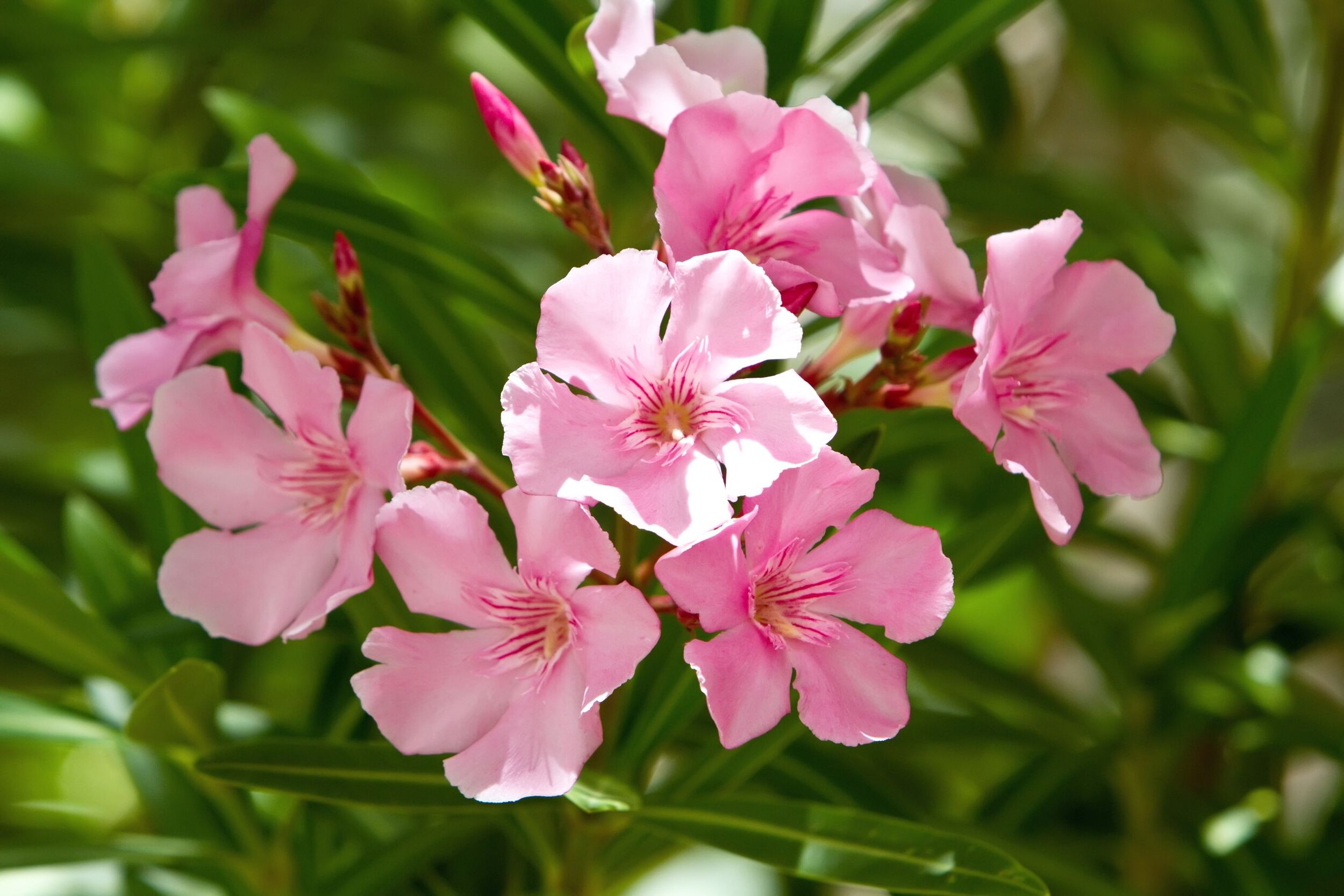
Oleander

Bougainvillea

Cork Trees
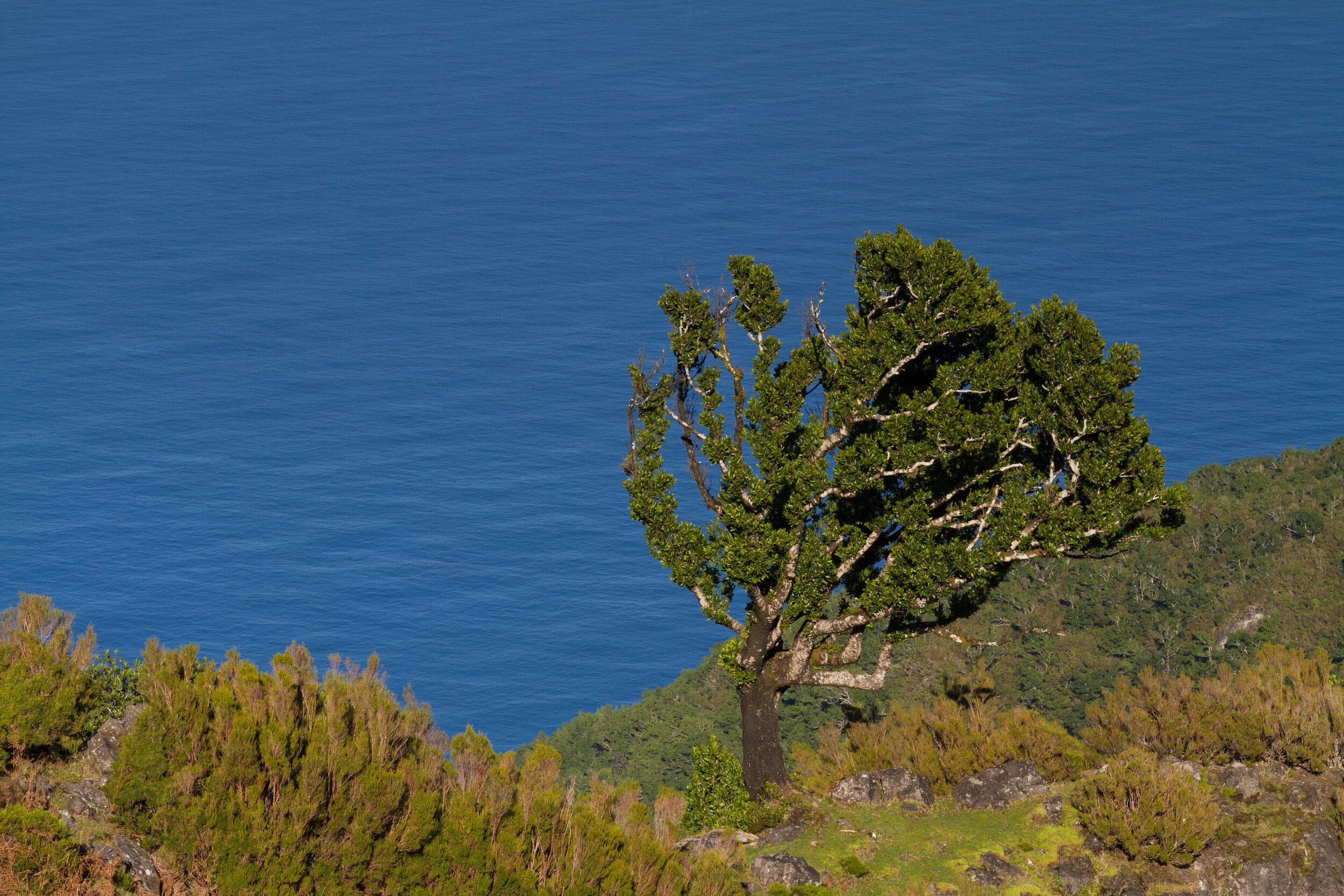
Laurel Trees

African Juniper Tree
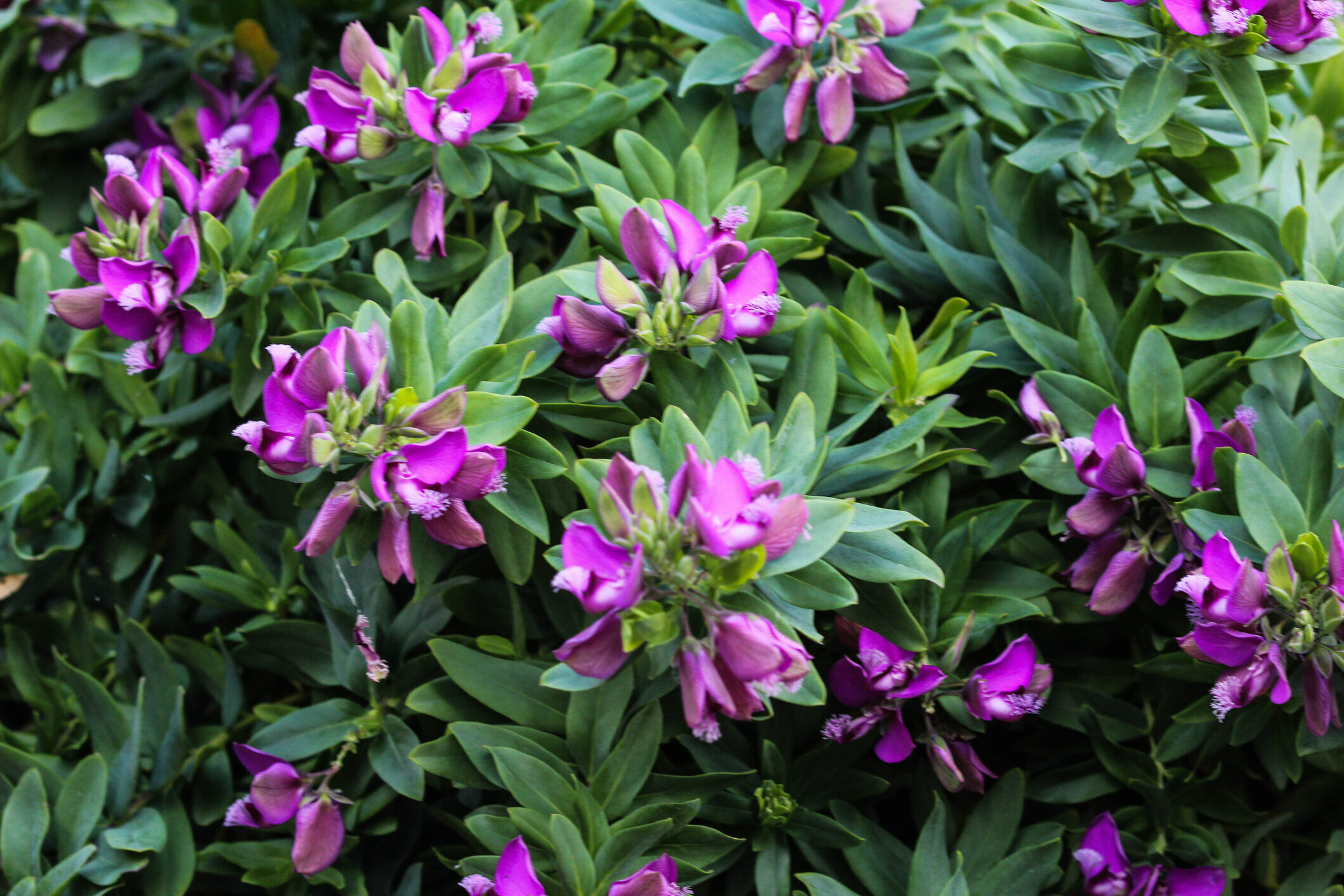
Myrtle
Tripolitania
Tripolitania, in the Northwest of the country, has a coastal strip area which supports numerous palm groves where fruit and grain crops are cultivated. This steppe area is known as the Al-Jifarah Plain3. The central area of the plain has a low level of precipitation which supports only nomadic sheep and goat herding4. Roughly 240km inland sees the start of the Nafusah Plateau, which has scattered areas of grassland, with scrub bush mainly to the north of the plateau, and barren basalt and rock to the south5. After this, in the South, begins the hot arid Sahara desert with a sparse cultivation of Date Palms and Fig trees, which grow mainly around spring areas and oases.
The Sahara is also home to the flowering twisted Acacia tree, which needs no more than 2cm of water to flourish.
Twisted Acacia, Sahara Desert
Cyrenaica
The Cyrenaica coastal plain extends south, ending with a steep escarpment that sees the start of the Marj plain, which is a steppe area extending southwards to the Jebel Akhdar Mountain range, also known as the Green Mountain region, which has a dense forest and scant precipitation, making this area also suitable for the cultivation of olives and figs7. This region also supports Lentisk and Juniper trees and many varieties of grass, including Bluegrass and Canary grass8. Further south, due to the higher level of the Tibesti Mountain range, areas of bushy vegetation can be found, including Myrtles, Tamarisks and Palms.
Jebel Akhdar Escarpment
Maher A. A. Abdussalam, Public domain, via Wikimedia Commons
FLORA OF FEZZAN
Fezzan is renowned for its vast cultivation of date palm trees, which number in the millions. These trees are found in oases across the region, and cover several hundred thousand acres of land9. These oases are home to agricultural crops, including cereals, such as wheat and barley. The region also supports vegetable crops of tomatoes, onions, potatoes and various beans. An abundance of citrus fruit trees spread across the area, along with huge crops of water melons10.
Date Palms
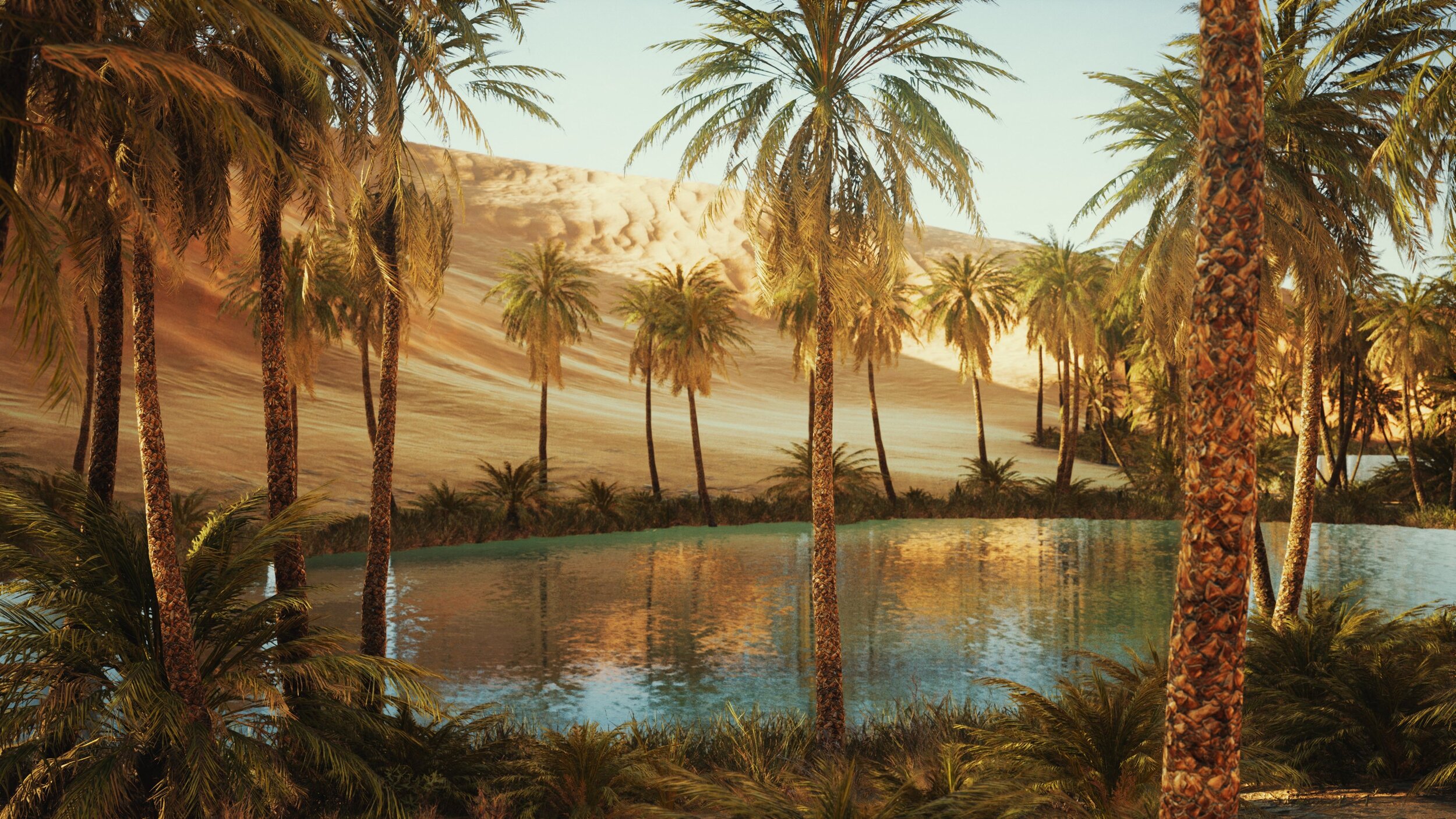
UBARI OASIS, FEZZAN
FAUNA OF LIBYA
Libya is home to a variety of wild animals, avifauna, sealife, reptiles and insects.
The Mediterranean coast hosts colonies of seal monks, earless seals of the tribe Monachin which are noted as a critically endangered species, along with vast quantities of tuna fish. Coastal birdlife includes the common quail, cormorants, shags, gannets and boobies11.
Inland, in the Acacus mountain region, prehistoric rock arts suggests that the area was once home to many diverse species of animals including giraffes, african elephants and rhinos which inhabited the region during greener times. Now, following climatic changes which have seen the region become arid, far fewer species of animals are seen. Animals which inhabit this region include the fennec fox, also known as the desert fox, jackals, skunks, wildcats, golden wolves and gazelles12.
Fennec Fox
African Golden Wolf
North African Jackal
The Sahara desert region supports countless species of smaller animals, such as rodents, reptiles and insects.
Among the rodent species are the Grobben’s gerbils, Alexandrian shrews, and the Libyan jerboa, all of which are on the endangered species ‘Red List’ of the International Union for Conservation of Nature13. Also found in this region are elephant shrews, blind mole rats, zokors (a form of mole rat) and bamboo rats14.
The poisonous adder and krait snakes are among the 95 species of reptiles that inhabit the scattered oases and water holes, living alongside are the orange tail lizard, and the kleinmanni tortoise and golden creek turtle, all of which are on the aforementioned Red List of endangered species15.
Jerboa
Elephant Shrew
The Kleinmanni Tortoise, an Endangered Species
BIRDS OF THE SAHARA
Permanent winged inhabitants of the Sahara, are the white crowned wheatear which is a common sighting16, along with desert sparrows, Barbary partridges, Egyptian nightjars, horned grebes, desert grey shrikes and pharaoh eagle-owl17.
Barbary Partridge
Pharaoh Eagle Owl
INSECTS OF THE LIBYAN SAHARA
Insect life of Libya is varied and includes many species, including flying scorpions, honey bees, mosquitoes, camel spiders, scarab beetles, Saharan silver ants, which are the fastest ants on Earth, and locusts, which can devastate large crop fields in a in under an hour. Most of the insects found in the Sahara owe their survival to two reasons, firstly their hard, waxy skins or shells, which helps them retain moisture, and secondly their ability to burrow under rocks and sand to avoid the hot Saharan sun18.
Camel Spider
FOOTNOTES.
Geography of Libya.” Fanack.com, August 31, 2020. https://fanack.com/libya/geography/.
ibid.
“Al-Jifārah.” Encyclopædia Britannica. Encyclopædia Britannica, inc. Accessed January 12, 2021. https://www.britannica.com/place/al-Jifarah.
ibid.
“Nafūsah Plateau.” Encyclopædia Britannica. Encyclopædia Britannica, inc. Accessed January 12, 2021. https://www.britannica.com/place/Nafusah-Plateau.
Geography of Libya.” Fanack.com, August 31, 2020. https://fanack.com/libya/geography/.
“Akhḍar Mountains.” Encyclopædia Britannica. Encyclopædia Britannica, inc. Accessed January 12, 2021. https://www.britannica.com/place/Akhdar-Mountains.
“Climate.” Encyclopædia Britannica. Encyclopædia Britannica, inc. Accessed January 12, 2021. https://www.britannica.com/place/Libya/Climate#ref46543.
“Fezzan.” Encyclopædia Britannica. Encyclopædia Britannica, inc. Accessed January 12, 2021. https://www.britannica.com/place/Fezzan.
“Libya - Agriculture.” Encyclopedia of the Nations. Accessed January 12, 2021. https://www.nationsencyclopedia.com/Africa/Libya-AGRICULTURE.html.
Ethel Davis (15 September 2009). North Africa: The Roman Coast. Bradt Travel Guides. pp. 326
Libya". Plant and animal life. Encyclopædia Britannica. Retrieved 15 January, 2021.
Animals and Plants Unique to Libya. Accessed January 15, 2021. http://lntreasures.com/libya.html.
“Animal Diversity Web.” ADW: Search ADW. Accessed January 15, 2021. https://animaldiversity.org/search/?q=Libya&feature=INFORMATION.
Libya". Plant and animal life. Encyclopædia Britannica. Retrieved 15 January, 2021.
Flora and Fauna of the Libyan Desert (Frameset). Accessed January 15, 2021. http://www.fjexpeditions.com/frameset/florafauna.htm.
Admin, and Please enter your name here. “National Symbols Of Libya.” National Pedia, November 10, 2020. https://nationalpedia.org
Temehu.com. “Wildlife in The Sahara.” Wildlife in Libyan Sahara desert - Africa. Accessed January 15, 2021. https://www.temehu.com/Wild-life-in-sahara.htm.






